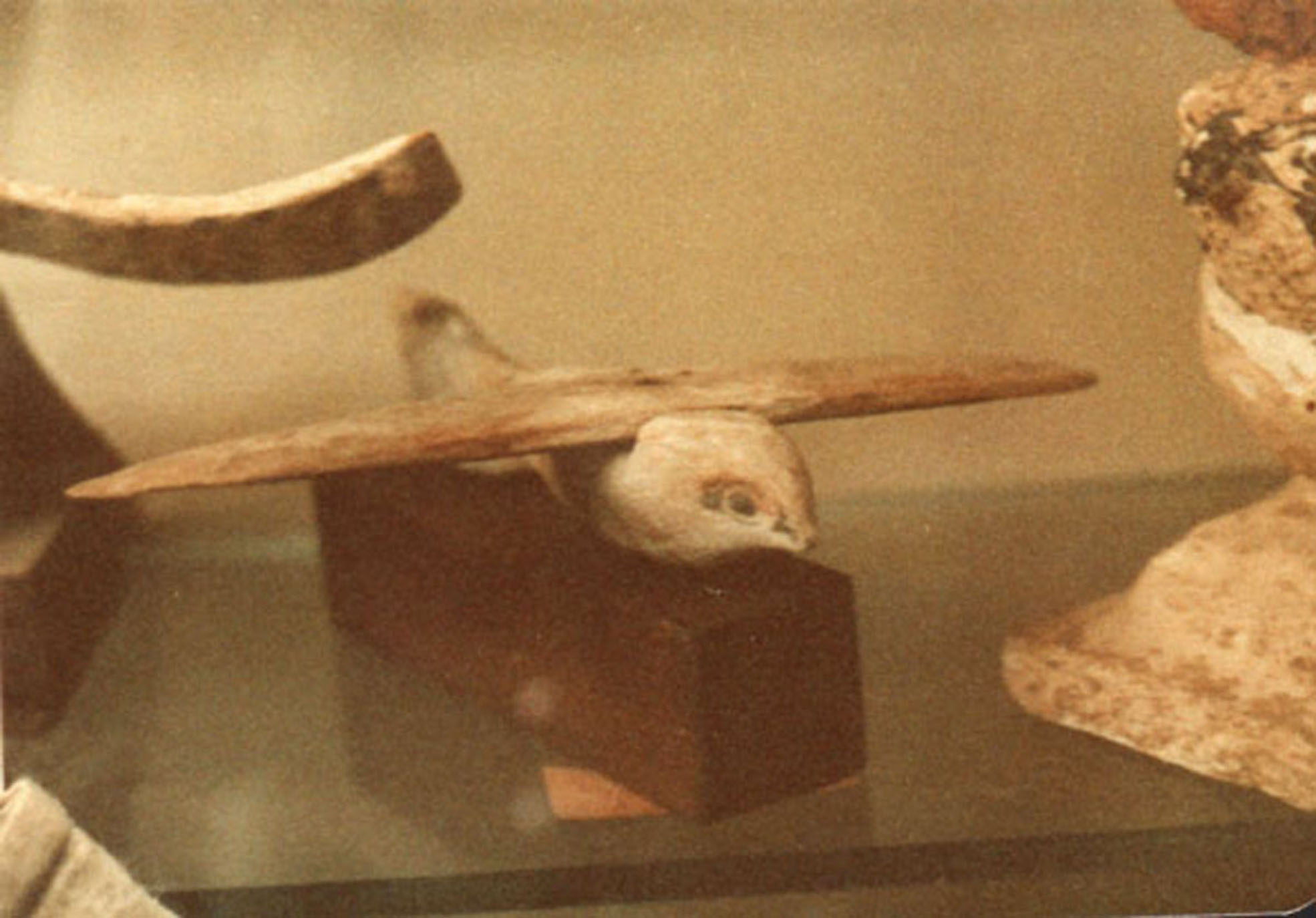ducks4you
Garden Master
- Joined
- Sep 4, 2009
- Messages
- 11,257
- Reaction score
- 14,089
- Points
- 417
Plastic milk crates? You could store and stack them. Jar size is irrelevant bc they stack.Exhausting couple of days but I finally got my all my seeds in a better state of organization using shallow totes that are not all in odd shapes, as my last system was, for the tomatoes. It was all alphabeticalized , but the letters were a bit scattered - there are so many tomatoes that start with G, T, B and S. So I had all those letters separated out which was awkward and had me always looking all over the place for stuff. Feels great to fix that tomato system error. A-Z now and simple set up: 4 totes all matching and stackable. I made the mistake of filing this years tom seeds into large long form envelopes then into large ziplocs so now those won't fit with all the others - bit of a problem there, not sure what I was thinking doing that, but not much I can do short of unpacking all those envelopes and repacking them which I'm not doing. So 2023 tomatoes will be set aside in a different box and I go back to small envelopes next year. Sheesh it's a lot of seeds and I can't help wonder if I'm a little nuts.
It occurs to me now at this stage of the seed saving process that putting sllightly more thought into my storing system may have been a good idea. Now I'm up to my neck and it's not as easy to maneuver with set ups. I guess things built up quickly. I really shot a cannon through my bean harvest this year because I only had so many jars (from tomato sauce, salsa, passatta etc. stuff we ate) and matched the bean volume per variety to the jar sizes. Very, very, very bad idea for storage purposes. Now I have all sizes of jars in each shallow box, all the jars are numbered but can't be placed in perfect ordered rows as I prefer. Can't stack 'em either, and they're not in perfect numerical order in the boxes because of the mismatched jar shapes. I created quite a disaster with the beans. Now I'm running out of floor room in the basement! I never really liked the idea of stacking for the bean jars because it stays so nice and cool on the floor, but spacewise I have no choice at this point but to start going up a bit.
I will need to make a project of this seed storage situation. Everything else has always been the priority, and the putting away at season's end the last consideration!

 And the true story of P. vulgaris origins.
And the true story of P. vulgaris origins. 